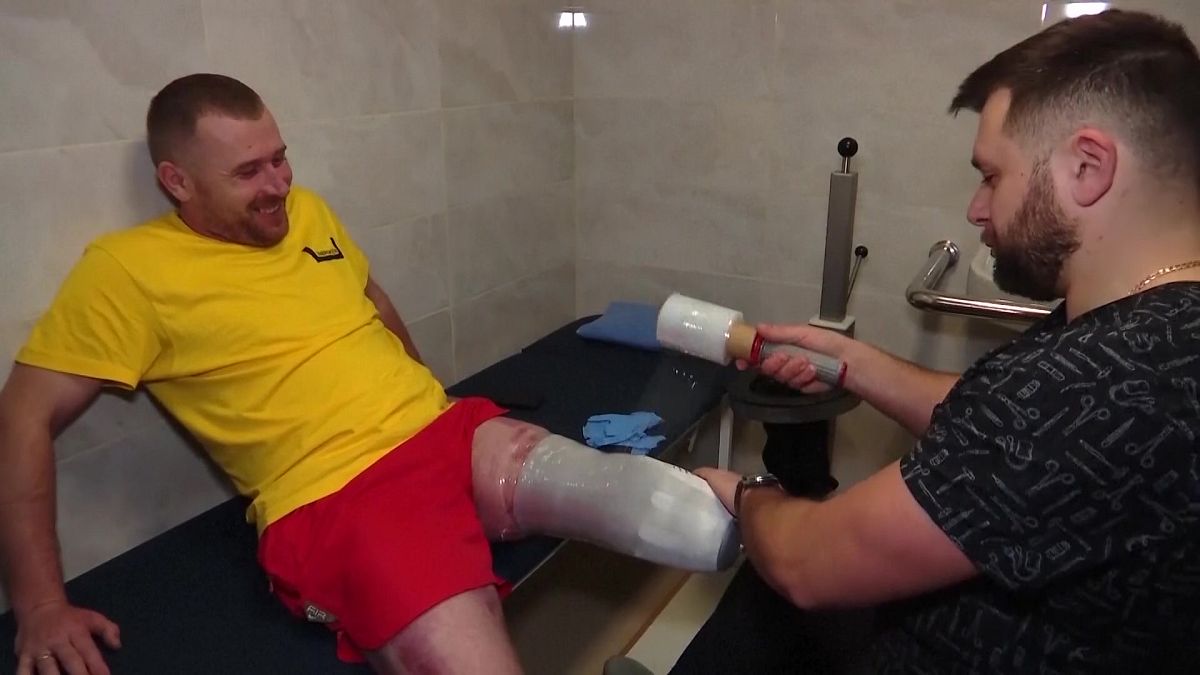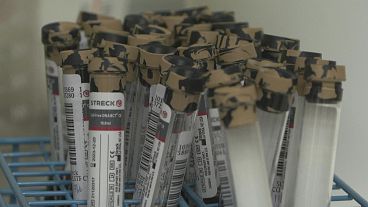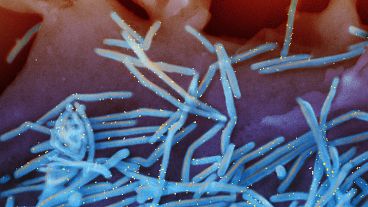At the Unbroken National Rehabilitation Center in Lviv, more than 100 service members and civilians have been fitted with prosthetics over the past six months.
The war in Ukraine has changed Oleh Shkarban's life - and body - forever.
The 32-year old soldier lost part of his left leg in an anti-tank mine explosion when he was fighting for his country in Kherson last November.
But for him, losing a limb doesn’t mean losing mobility - or hope - entirely. So, he came to the Unbroken National Rehabilitation Center in Lviv, to be fitted with a prosthetic leg.
Shkarban has already been through an amputation, skin grafts and other operations. But his three-year-old daughter has been a key incentive to getting better.
“I know myself, I know my body. It recovers quickly, after all,” Shkarban said. “After the first injury, I recovered within a week... I am confident in my body”.
The Unbroken centre says it has treated more than 12,000 Ukrainians, including over 500 children, since Russia's invasion last year. It estimates around 5,000 people have lost limbs and need prosthetics.
The facility has a small prosthetic workshop where more than 100 service members and civilians have been fitted with prosthetics in the past six months.
Staffing is an issue as the number of wounded keeps rising every day. Russia has mobilised extra forces into its invasion of Ukraine and experts say the relentless fighting in the east of the country is reminiscent of the trench warfare of World War One.
The plan for the Unbroken centre is to one day print bone implants on a 3D printer.
Getting used to a new limb
Anton Haydash used to be a family doctor until January, when he became a prosthetist. He even obtained a diploma in wood carving, so he can make a limb that will fit his patient like a glove.
He says correctly wrapping the leg is important for the stump - the part of the limb that remains after amputation - to heal on its own.
“And secondly, the anatomical structures of the stump itself need to be well-reflected, so that we can make a cast correctly, so that in the future the stump holder itself does not press on the bone tissue, and so that the patient is happy and comfortable to walk in the prosthesis itself,” he explained.
A little over a week after getting measured, Shkarban was back to be fitted with his prosthetic.
He knows it will take some time to get used to his new limb, but the centre has a physiotherapy room where he can practise walking with it.
The staff at the centre believe that their patients can still return to society even if they have lost a limb.
“These people must be integrated into society, because they remain those people, only with limited functions that they can do with difficulty,” said Oleksiy Smirnov, a psychotherapist at Unbroken.
For more on this story, watch the video in the media player above.



